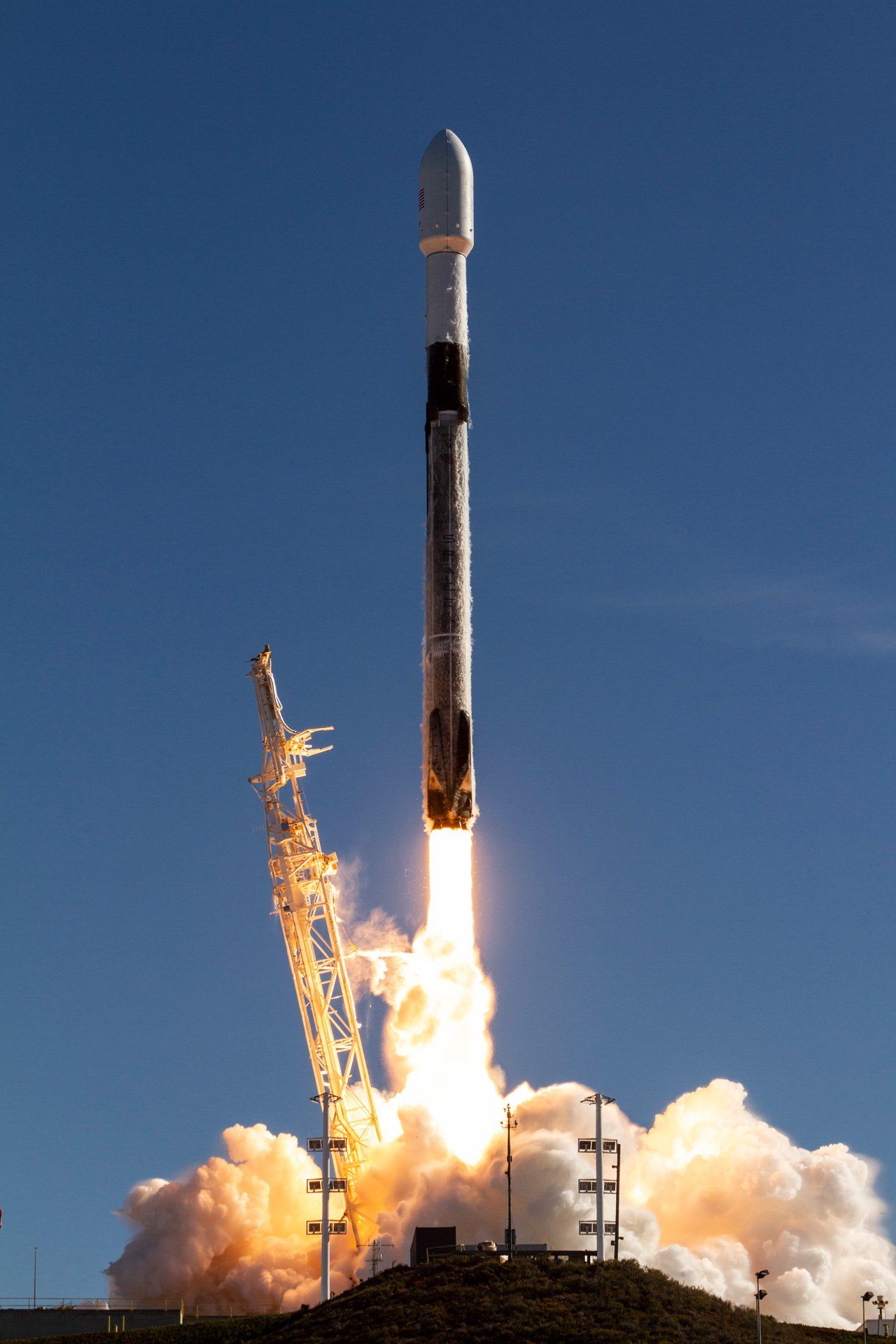CASE STUDY
Cubesat Payload Development
The stretch goal of the CRC was to use high-power ground-based lasers to a apply small force to an object on-orbit.
The force of photon pressure would change the orbit of the object and a potential collision would be avoided.
The unknown in this scenario was how bright should the laser be? Too bright and you risk creating more debris, not bright enough leads to an insufficient force.
The derived solution was a satellite on-orbit to act as an instrumentation platform which could measure the laser irradiance, or brightness, directly.
SERC’s Research Program 4 was focussed on opportunities to include secondary payloads on third party cubesats to measure laser irradiance on-orbit. Hosted payloads are a cost-effective risk mitigation strategy which will negate the necessity for SERC to launch dedicated satellites.
The payload consisted of a corner cube reflector and two LED beacons to enable tracking of the cubesat when it wasn’t illuminated by the sun, and a photodiode to detect the laser.
The first payload was integrated into the RAAF Mission 1 (M1) satellite by UNSW which was subsequently launched in December 2018 by SpaceX. The M1 satellite had a proprietary on-board computer (OBC) system and control electronics hence bus and payload integration was unique to this hosted opportunity. The M1 satellite failed to “phone home” when on-orbit. After repeated attempts to make contact by UNSW the mission was terminated.
...how bright should the laser be? Too bright and you risk creating more debris, not bright enough leads to an insufficient force.
Following the failure of M1 and given its proprietary OBC, SERC decided to develop its own generic OBC system with communications between it and the main on-board computer system via CANbus. This allowed the SERC payload to interface with any system enhancing its utility; in effect becoming a payload of opportunity (POO).
The system engineering, payload development, bus integration and payload for the second hosted payload was integrated into the In-Space Missions Limited (UK) Faraday-1 cubesat and was launched by RocketLab in July 2020 following six months of launch delays. Issues with battery hot-swap on the Electron launch vehicle meant the rocket fell into the Southern Ocean. Having not reached orbit the mission was terminated.
Given the inherent difficulties in building, launching and operating space assets, the CRC built contingencies into its research plans to include a Plan C and D. Plan C was to use a Japanese laser communications satellite called RISESAT and Plan D was to include an identical payload to the Faraday-1, called Prometheus-2, to be launched by the UK MOD. This launch is scheduled for Q4 2021. Though this launch date is outside the timeframe of the CRC, EOS Space Systems have undertaken to conduct the CRC on-orbit experiments.
The intellectual property and knowhow developed during this phase of the project now rests with The Solution Centre, an Australian SME engaging international clients.







